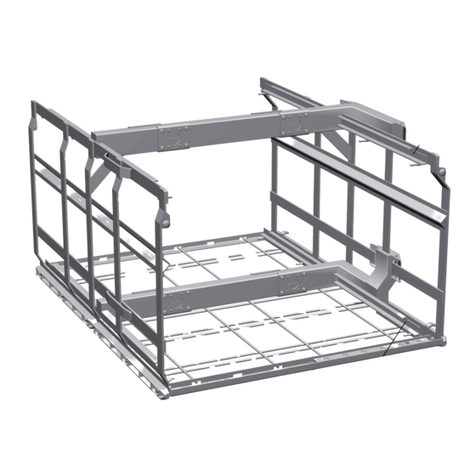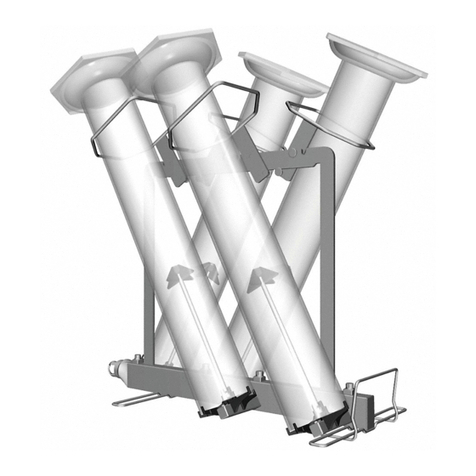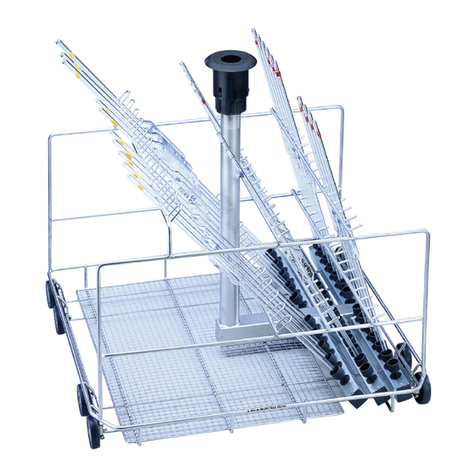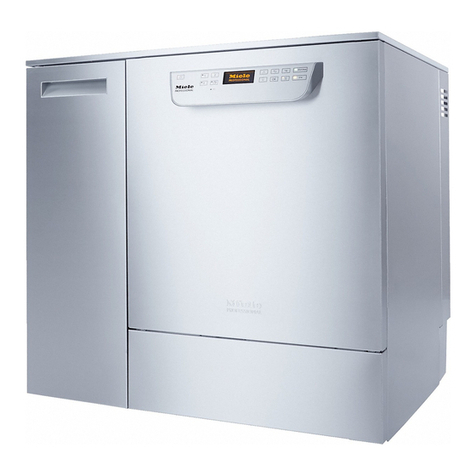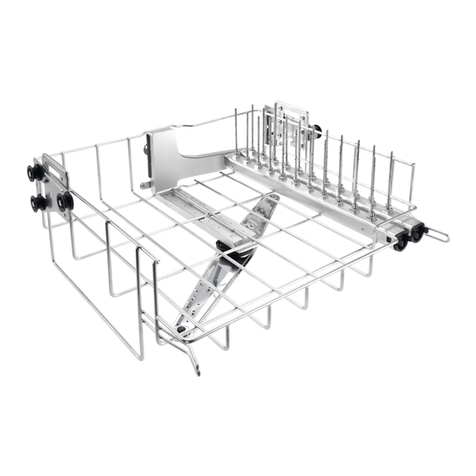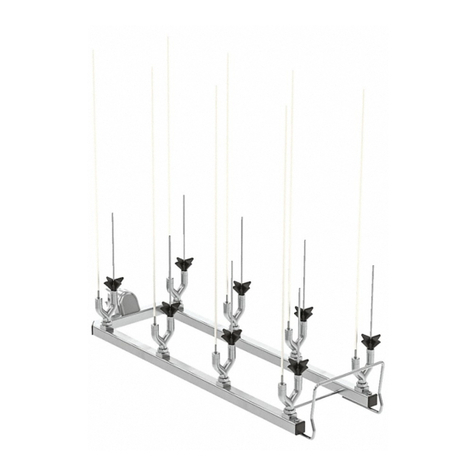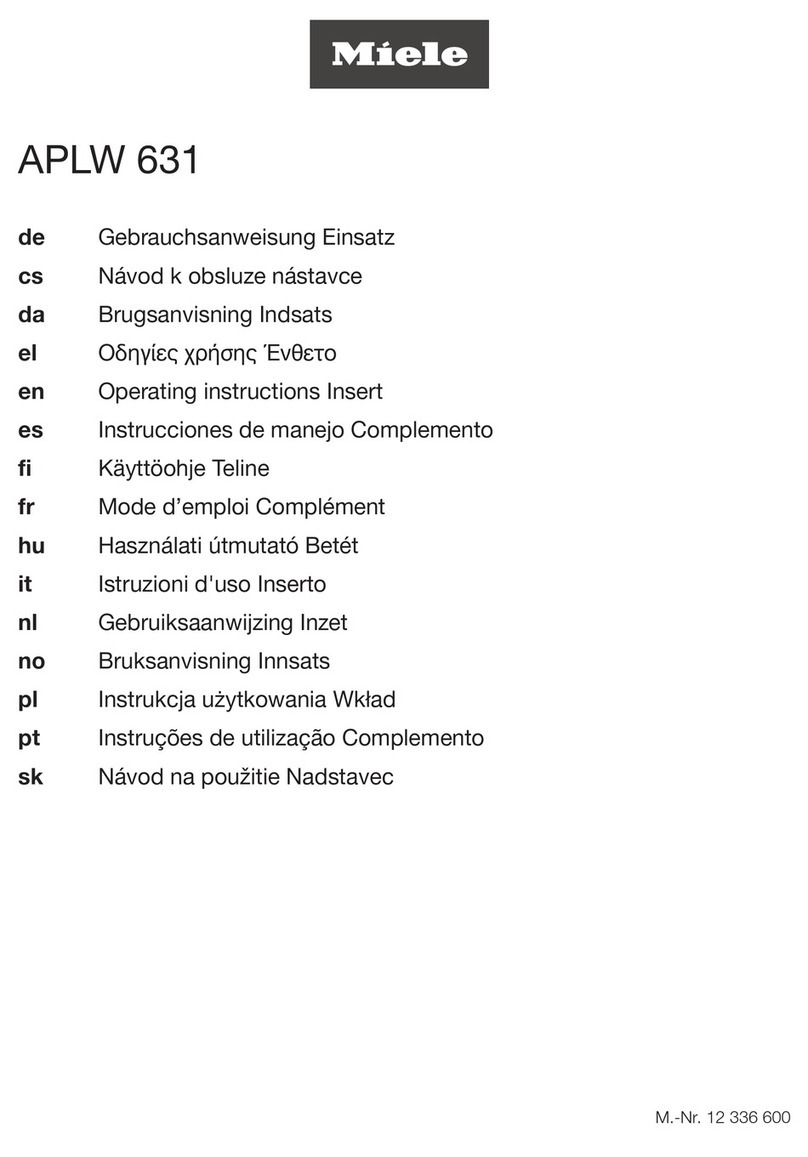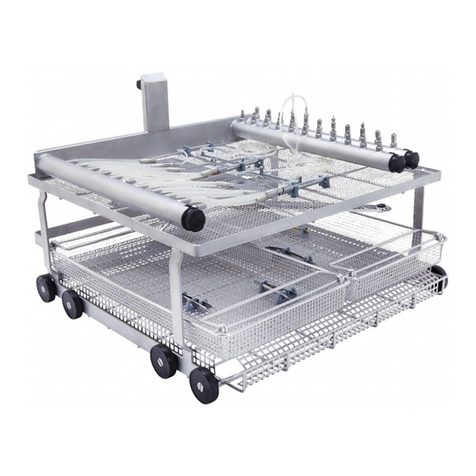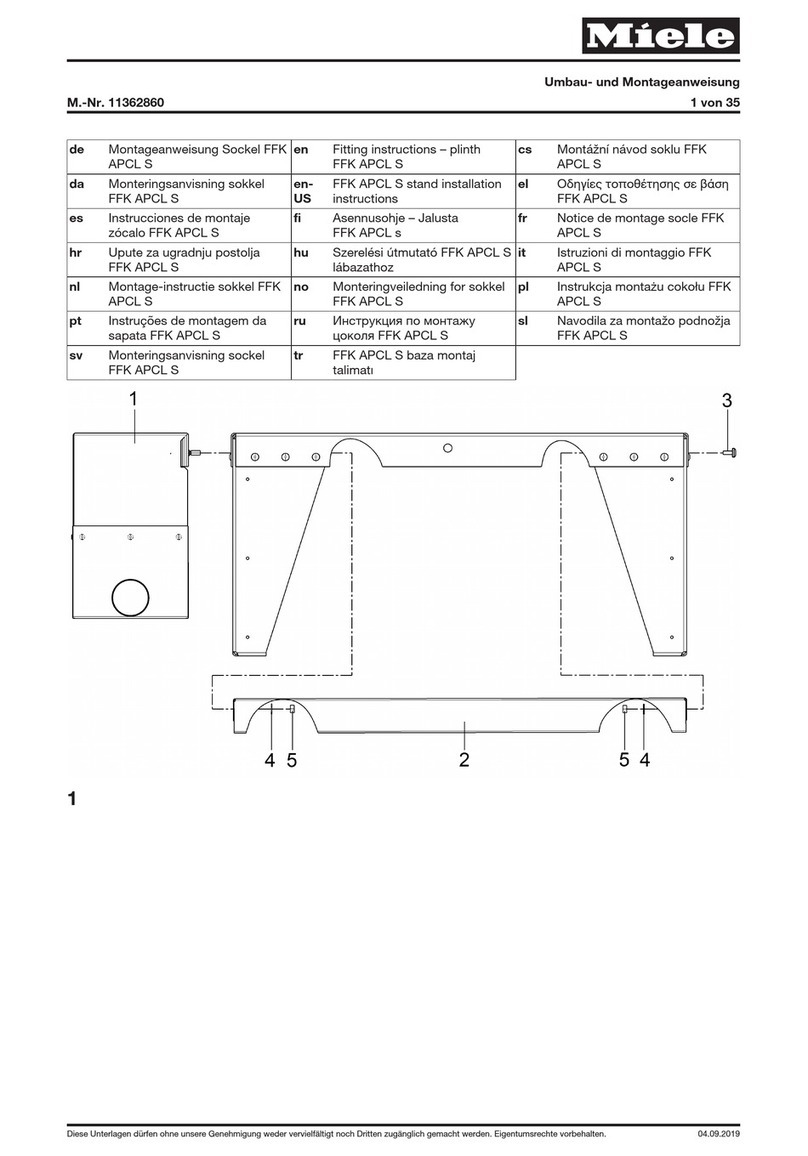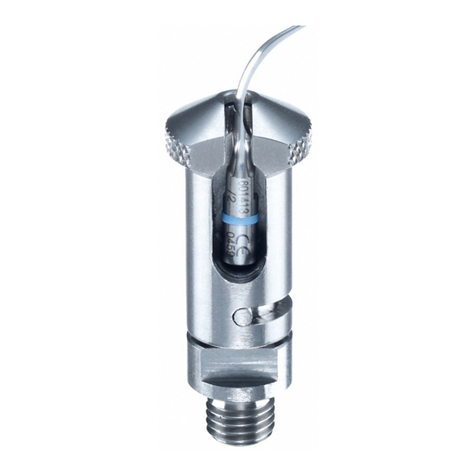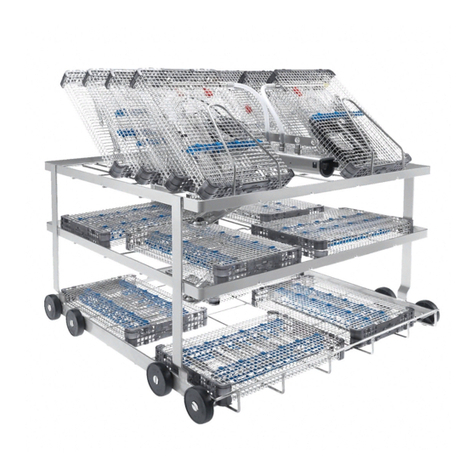Contents
5
Switch off after .................................................................................................................... 95
Ready for operation........................................................................................................ 95
Auto-off function ............................................................................................................ 95
Switching off after activating.......................................................................................... 96
Factory default..................................................................................................................... 97
Software version.................................................................................................................. 97
Programme settings..........................................................................................................98
Adjusting programme settings ............................................................................................ 98
Programme structure........................................................................................................... 98
Programme header......................................................................................................... 98
Programme blocks ......................................................................................................... 99
Opening the menu............................................................................................................. 100
Reset programme.............................................................................................................. 101
Altering a programme ....................................................................................................... 102
Allocating wash blocks................................................................................................. 103
Spray arm monitoring................................................................................................... 104
Change water quantity ................................................................................................. 106
Increasing drainage time .............................................................................................. 107
Setting the concentration level..................................................................................... 108
Set wash blocktemperature ......................................................................................... 109
Drying assistance ......................................................................................................... 111
Process documentation..................................................................................................113
Retrospective output of cycle reports............................................................................... 116
External software.......................................................................................................... 116
Report printer ............................................................................................................... 116
Maintenance ....................................................................................................................117
Periodic checks ................................................................................................................. 117
Routine checks.................................................................................................................. 118
Cleaning the filters in the wash cabinet ............................................................................ 118
Cleaning the spray arms.................................................................................................... 120
Cleaning the machine........................................................................................................ 122
Cleaning the control panel ........................................................................................... 122
Cleaning the door and the door seal............................................................................ 122
Cleaning the wash cabinet ........................................................................................... 122
Cleaning the door front ................................................................................................ 122
Preventing re-soiling..................................................................................................... 122
Checking mobile units, baskets, modules and inserts...................................................... 123
Performance check ........................................................................................................... 124
Problem solving guide ....................................................................................................127
Technical faults and messages ......................................................................................... 127
Dispensing/Dispensing systems ....................................................................................... 128
Insufficient salt/Water softener.......................................................................................... 130
Cancel with fault code....................................................................................................... 131
Process-related faults and messages ............................................................................... 135
Door................................................................................................................................... 136
Unsatisfactory cleaning and corrosion.............................................................................. 137
Spray arm monitoring/wash pressure ............................................................................... 140
Water inlet and drainage ................................................................................................... 141
Noises................................................................................................................................ 142











